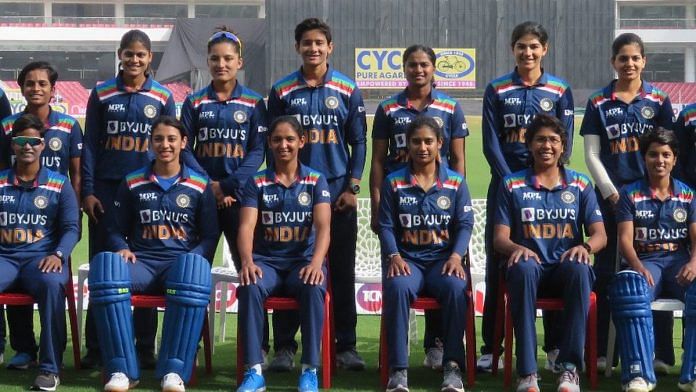
I am a die-hard cricket fan who makes it a point to watch every match, including the matches of the Indian women’s cricket team. India was in the finals of the Women’s One Day International World Cup in 2005 and even in 2017. But it did not manage to win either of the matches.
I believe the reason is that women’s cricket is neglected in India. The women’s team did not play a single match an entire year after the 2020 World Cup final. The pandemic can only be partly blamed because male cricketers played innumerable matches throughout the year, including the Indian Premier League (IPL). There is no IPL-style, T20 league for women in India. There are no nationals for the Under-16 tournament or a programme that hunts the talent in children at an early age.
Tennis, US soccer, the Australian women’s cricket team are some great examples to follow and fitting inspirations. The Australian cricket team rides on domestic matches and has a well-thought-out grassroots system with the world’s best T20 league and equal resources, training and infrastructure for both men and women. The performance of the cricket team of Australia, both men and women, securing the best streak between 2018-2021 clearly indicates what investments in sports can and will do.
There is also the matter of gendered pay gap. For playing domestic cricket in India, an under-23 male cricketer earns Rs 25,000 per day. A senior women’s cricketer, on the other hand, is paid only Rs 20,000 a day, which is the same as an Under-19 (male) cricketer. The highest retainer for Indian women is Rs 50 lakh, whereas the lowest retainer for men is Rs 1 crore.
Also read: It’s time for a women’s IPL — it’ll grow the game and churn out talented, ‘ready’ players
India opener, Smriti Mandhana, in a talk said, “We must recognise that the revenue we receive comes from men’s cricket. I’ll be the first to argue that we need the same thing when women’s cricket starts making money. But we can’t say that just now. The only thing on our minds right now is winning matches for India, attracting crowds, and generating revenue. We must perform in order to achieve this. It is unjust for us to claim that we deserve to be paid the same as the males.”
Why is it unfair on the part of the female cricketers to ask for equal pay? When they spend the same amount to develop their skills, why do they earn a fraction of what the men do and have fewer avenues of income through cricket? A reason cited for this was that women’s teams don’t sell out stadiums or attract sponsors like the men’s team. Well, the burden of getting fans and sponsors and revenue is not on the player. The player’s focus should be on the process. Their only job is to work on themselves, work on their game.
Former Indian pacer, Snehal Pradhan said, “Wins create visibility. Visibility creates value. Value translates into revenue.” It’s time that the number of domestic, corporate and international matches for female players are increased and are ticketed so that women can earn additional income. Organisers should ensure that the schedule for the women and men’s cricket matches do not clash, so that the audience is not left with a difficult choice to make.
Moreover, since both men and women represent their own country on the biggest stage, it is imperative for both of them to have the same prize, player awards and participation money in world cups. The BCCI must bring in consistency in the prize money. Second, it must commit resources to women’s sports investment, with specific deliverables such as viewership, involvement, infrastructure, and skill development.
I would like to reiterate that the cricket board is not solely responsible for doing something about this situation. We are also the stakeholders and play a crucial role in the process. We have to take the initiative to support the women’s team by attending and watching their matches. The more we engage, the better the numbers and the revenues would be which is a critical factor when it comes to the allocation of resources and money.
The author is a student at Delhi Public School, RK Puram. Views are personal

COMMENTS